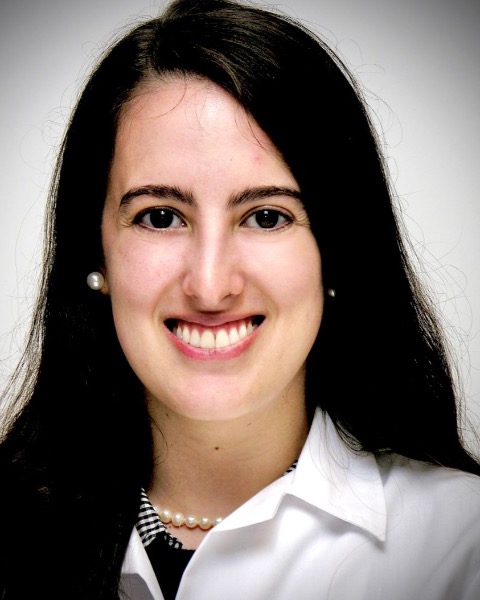Infectious Diseases
Poster Session 1
(185) A Novel, Validated Calculator for Predicting Chorioamnionitis in Laboring Patients

Helen B. Gomez Slagle, MD
Clinical Fellow Physician
Columbia Irving Medical Center
New York, NY, United States
Tetsuya Kawakita, MD, MS
Assistant Professor
Eastern Virginia Medical School
Norfolk, VA, United States
Yaneve N. Fonge, MD
University of Pittsburgh
Pittsburgh, PA, United States- RC
Richard Caplan, PhD
Senior Biostatistician
Christiana Care iREACH
Newark, DE, United States 
Anthony C. Sciscione, DO
Program Director
Delaware Center for Maternal & Fetal Medicine of Christiana Care, Inc.
Newark, DE, United States
Matthew Hoffman, MD, MPH
Marie E. Pinizzotto, M.D., Endowed Chair of Obstetrics and Gynecology at Christiana Care
Christiana Care Health Systems
Newark, DE, United States
Primary & Presenting Author(s)
Coauthor(s)
Chorioamnionitis is associated with neonatal morbidity and infection-related mortality, but our ability to predict intrapartum infection is limited. We sought to derive and validate a prediction model for chorioamnionitis among patients presenting to labor and delivery at term.
Study Design:
This was a planned secondary analysis of a large cohort study from 2014 through 2018 at an academic tertiary care center. To derive a prediction model for chorioamnionitis, we limited our analysis to full-term (≥37 weeks) patients with a singleton gestation undergoing labor induction. Both nulliparous and multiparous patients were included. Patients with a planned cesarean delivery, fever on admission, or missing data were excluded. The model was derived using multivariable logistic regression. Refinement of the prediction model with internal calibration was performed. External validation was performed utilizing a publicly available database (Consortium on Safe Labor) and applying the same inclusion and exclusion criteria. The discriminative power of each model was assessed using a bootstrap, bias-corrected area under the curve.
Results:
The chorioamnionitis rates in the derivation and external validation groups were: 5% (1,005/19,966) and 5.8% (n = 3,005/52,171), respectively. In multivariable modeling, maternal age, nulliparity, gestational age, smoking status, group B streptococcus colonization, hours ruptured, number of cervical exams, length of labor, epidural use, internal monitoring, and meconium were significantly associated with infection. A calculator was created and externally validated with an area under the curve of 0.82 (95% confidence interval, 0.81-0.82). External validity was further confirmed with a calibration intercept of 0.81.
Conclusion:
This is the first infection calculator created and validated for the prediction of developing chorioamnionitis in patients undergoing induction of labor at term. This calculator can be used to augment patient counseling and guide intrapartum infection surveillance in laboring patients.


